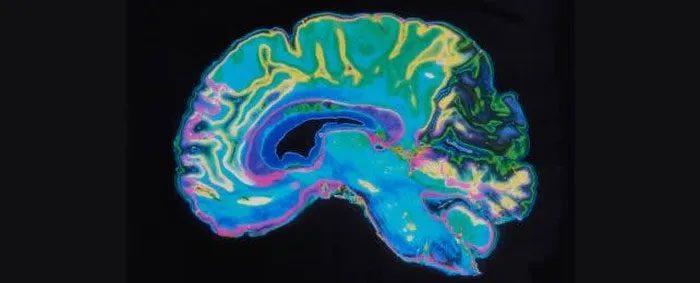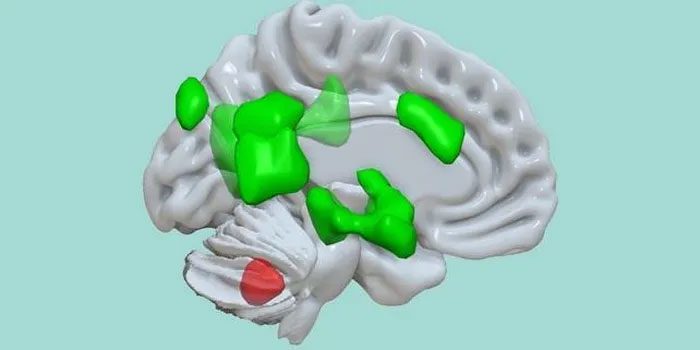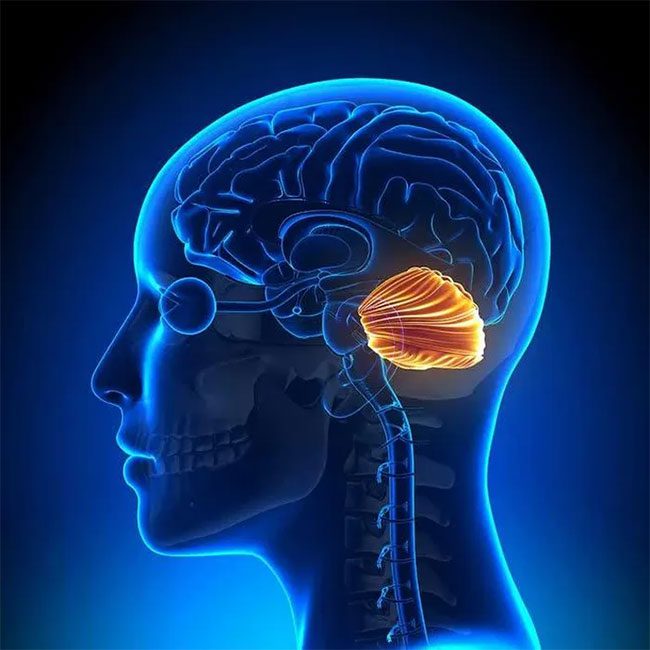Despite 200 years of research on the cerebellum, this new discovery continues to surprise scientists about our brain.
Given the complexity of the human body, it is no surprise that we are still making new discoveries about the various components that make up the human body – and scientists have just made a new discovery about the function of the cerebellum located at the back of the brain.
The cerebellum is a part of the brain located at the back of the head, just above and behind where the spinal cord connects to the brain. The name “cerebellum” comes from Latin, meaning “little brain.”
For centuries, scientists believed that the cerebellum’s role was to coordinate muscle movements. Advances in technology have shown that your cerebellum does much more than that. There is still much that scientists are trying to understand about the cerebellum, including all the ways it interacts with the rest of the nervous system in the human body.
Newly Discovered Functions of the Cerebellum
Already known as a crucial area for controlling our movements accurately, a new discovery published in the Proceedings of the National Academy of Sciences (PNAS) suggests that this region of the brain also plays an important role in remembering both positive and negative emotional experiences.

MRI image of the brain. (Photo: Highwaystarz-Photography / iStock / Getty Images)
These types of emotional experiences are particularly well remembered by the brain, especially because they help our species survive by allowing us to remember times of danger and success.
The amygdala and hippocampus are the brain regions believed to be primarily responsible for reinforcing these emotional memories, but since the cerebellum has been linked to regulating fear, the scientists behind the latest research wanted to see if it plays any role in recording emotional memories.
The researchers wrote: “The purpose of this study is to investigate whether the connections between the cerebellum and the cerebellum are related to the phenomenon of superior phase-based memory for emotionally charged visual information.”
Through brain scans of 1,418 individuals conducted via functional magnetic resonance imaging (fMRI) while they experienced emotions – some positive, some negative, and neutral – the research team was able to determine whether the cerebellum was indeed involved.
Participants in the study remembered positive and negative images much better than neutral images, and this enhanced storage ability was associated with the duration of cerebellar activity.
Furthermore, the researchers also observed greater connectivity between the cerebellum and the cerebrum – the largest part of the brain. The cerebellum receives information from the prefrontal cortex (a crucial area for perception and sensory evaluation); it is also relaying information to the amygdala and hippocampus.

Cerebellum (in red) connecting to different areas of the cerebrum (in green) to enhance emotional information storage. (Photo: MCN / University of Basel)
Neuroscientist Dominique de Quervain from the University of Basel in Switzerland stated: “These results indicate that the cerebellum is an essential component of the network responsible for enhanced emotional information storage.”
As with any new discovery about the neural circuits within our heads, these findings could be useful in showing us how to repair these circuits when they malfunction – when memories are not stored accurately or if they are imprinted too vividly in the mind.
For example, when painful or fearful experiences are too easily remembered, it can lead to mental health issues.
The researchers wrote: “These findings expand our understanding of the role of the cerebellum in complex cognitive and emotional processes and may relate to understanding mental disorders with unstable emotional circuits, such as post-traumatic stress disorder or autism spectrum disorder.”
200 Years of Cerebellum Research
According to scientists, your cerebellum occupies only about 10% of the brain in terms of the space it occupies. However, it contains about half of the neurons in your entire body.
The cerebellum is also incredibly compact. The brain tissue that makes up your cerebellum is folded like an accordion. If laid flat, the cerebellum is 1 meter long and 10 cm wide.

Your cerebellum occupies only about 10% of the brain in terms of the space it occupies.
Scientists began analyzing the cerebellum 200 years ago by studying people or animals with cerebellar damage. They found that individuals with this type of damage often had difficulty maintaining balance while standing or walking, or they struggled to grasp objects…
Over time, scientists began to find evidence that cerebellar damage could cause other effects. They discovered that this type of damage could make it difficult for a person to learn new words or skills. Or hinder the ability to judge size or distance to objects. It could also affect your sense of time. For example, individuals with cerebellar damage may have difficulty tapping their fingers continuously.
Despite over 200 years of research on the cerebellum, scientists continue to study this part of the human brain. And the discovery of this entirely new function of this area shows that the human brain as a whole is truly complex.
The research has been published in PNAS.





















































